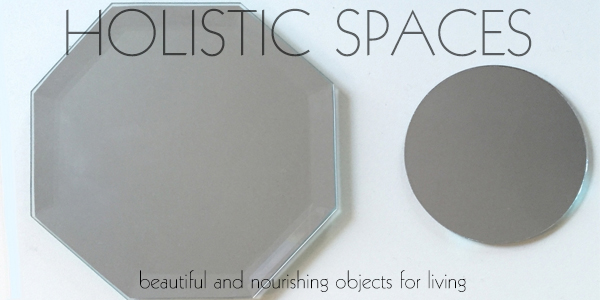featured this month on realtor.com by Jennifer Geddes
We've waxed on about the benefits of feng shui in the communal spaces of your home, like the living room and the kitchen. After all, that's where you spend the bulk of your time, so naturally you want things to be harmonious.
But there’s an oft-overlooked room where, if you're not careful, good energy (chi) can drain out of your home.
”The bathroom is one of the key energy centers in the home, so focusing on this space is important for good feng shui," says Ping Deters, a certified feng shui consultant.
”In the Western world, bathrooms are now luxurious and a place of relaxation, and keeping this area restful and in balance can affect one's health and well-being," adds Anjie Cho, an architect, feng shui educator, and author of "Holistic Spaces: 108 Ways to Create a Mindful and Peaceful Home."
But from the color of your walls to your tiny trash can, you could be unwittingly throwing off your balance in this space. Here are seven major ways you're screwing up your bathroom feng shui.
...read full article
If you’d like to learn more about feng shui check out the Mindful Design Feng Shui certification program. Laura Morris and I are launching our program in September 2018. We have a free webinar “Five Feng Shui Tools Revealed: Must-Do Business Boosters for Soulpreneurs and Wellness Practitioners” coming up, too! To get on the list about it, sign up at: www.mindfuldesignschool.com.
Mindful Design is a new way to learn feng shui. Our unique training program takes an holistic approach to learning the art of feng shui design. Mindful design is about becoming aware, and attentive, to the energy around you: both inner and outer qi. It is about promoting a better way of living and creating sacred spaces that support, and nourish.





